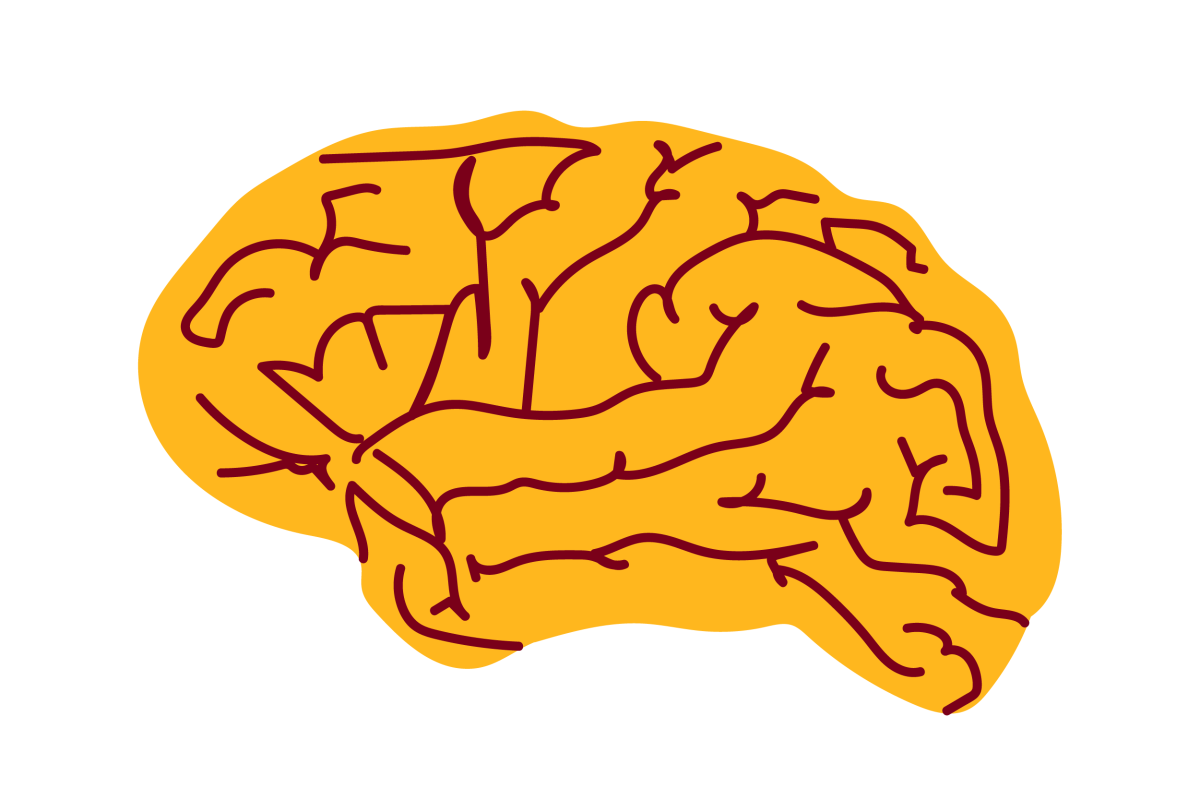De-noising Motion Predictions of Scuba Divers for Aquatic Robots [poster]


Authors
Tanmay Agarwal (undergraduate research assistant), Michael Fulton (Ph.D. student), Junaed Sattar (assistant professor)
Abstract
Human-robot collaboration is an important part of the field of autonomous robotics, which allows robots to act as assistive agents to humans in a number of domains. One such domain is that of underwater robotics wherein robots assist divers with tasks such as environmental surveillance, mapping and exploration. The utility of these robots is enhanced by diver following capabilities which allow these robots to be fully autonomous and execute their functions without the need for teleoperation.
While some trivial algorithms for diver following have been implemented and have shown fair success, diver following algorithms have the potential to largely benefit from a diver predictor. Having the ability to estimate where the diver is going to be next can allow the robot to preemptively move so as to not lose the diver if they make a rapid change in motion. Therefore, such predictors should output the predictions in a format that can translate into motion controls for the robot itself, so that the robot continues to follow the diver in a suitable manner
Link to full paper
De-noising Motion Predictions of Scuba Divers for Aquatic Robots
Keywords
underwater robotics